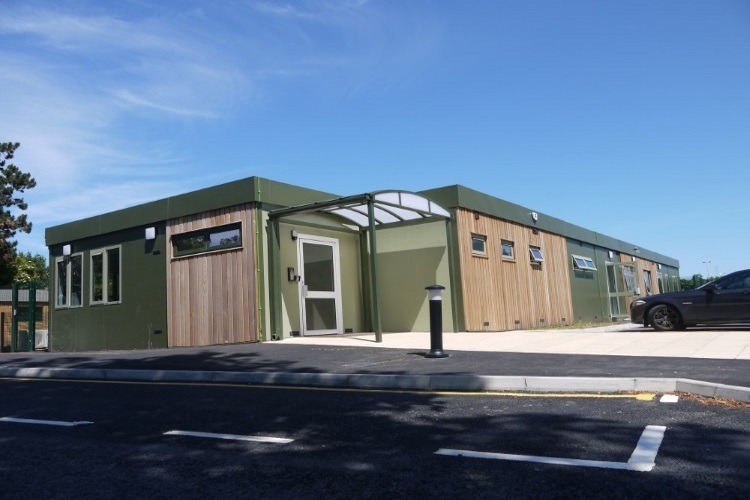
Prefabricated buildings, once associated with uninspiring designs and limited customization options, have undergone a revolutionary transformation in recent years. Today, the realm of prefab construction is a hotbed of innovation, combining efficiency with high-quality materials and bespoke designs. From eco-friendly homes to sleek office spaces, the contemporary prefab industry caters to diverse requirements, ensuring that every structure meets the unique demands and tastes of its occupants.
Gone are the days when prefab buildings were synonymous with a one-size-fits-all approach. Modern prefab construction places a strong emphasis on flexibility, allowing individuals and businesses to customize their structures according to their precise needs. Whether it’s a spacious residential villa with an emphasis on sustainable living or a compact yet sophisticated office space designed for optimal productivity, the versatility of prefabricated buildings is a testament to the advancement of architectural engineering.
The integration of cutting-edge technologies has significantly elevated the quality of prefab buildings. Manufacturers now utilize advanced construction techniques that guarantee the highest standards of durability, safety, and aesthetic appeal. With a focus on using premium materials that are both environmentally sustainable and structurally robust, prefab buildings have cemented their reputation as a viable and reliable alternative to traditional construction methods.
Customization lies at the heart of the prefab revolution. Clients have the freedom to personalize every aspect of their structure, from the layout and floor plan to the choice of materials and finishing touches. This level of tailoring ensures that the end result not only fulfills functional requirements but also resonates with the unique sensibilities and preferences of the occupants. Whether it’s integrating smart home features, implementing energy-efficient solutions, or incorporating specific architectural elements, the possibilities for customization are virtually limitless.
Moreover, the streamlined construction process associated with prefabricated buildings results in reduced project timelines and lower overall costs. By leveraging the advantages of off-site manufacturing, the need for extensive on-site labor is significantly diminished, leading to faster assembly times and minimized disruptions to the surrounding environment. This efficiency translates into a smoother and more cost-effective building experience, making high-quality prefab structures a practical and financially viable option for a wide range of construction projects.
One of the most compelling aspects of high-quality prefab buildings is their emphasis on sustainability. With a growing global focus on eco-conscious living and environmentally responsible practices, the prefab industry has risen to the challenge by championing sustainable construction methodologies and utilizing eco-friendly materials. From energy-efficient designs to the incorporation of renewable energy sources, prefab buildings are at the forefront of the sustainable construction movement, promoting a harmonious coexistence between modern living and the natural world.
In essence, high-quality prefab buildings and houses represent the perfect amalgamation of innovation, customization, and sustainability. With an unwavering commitment to delivering bespoke solutions tailored to individual needs, the prefab industry continues to redefine the parameters of modern architecture and construction. As the demand for efficient, customizable, and eco-friendly structures continues to rise, the future of prefab buildings shines bright, promising a world where architectural excellence seamlessly intertwines with personalized functionality.
